Ol Doinyo Lengai stands out among the world’s volcanoes. It erupts black, watery carbonate lava instead of typical red silicate lava.
Scientists struggle to explain this phenomenon fully. The volcano’s unique characteristics make it a subject of ongoing research and fascination.
East African Rift: Home to Volcanic Oddity
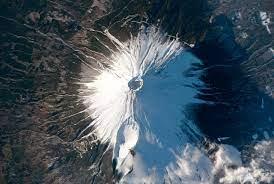
Ol Doinyo Lengai is part of the East African Rift system. This region has experienced tectonic activity for 25 million years.
The rift plays a crucial role in the volcano’s unusual behavior. Geologists study this area to understand Earth’s dynamic processes.
Carbonate Lava: A Geological Anomaly Explained
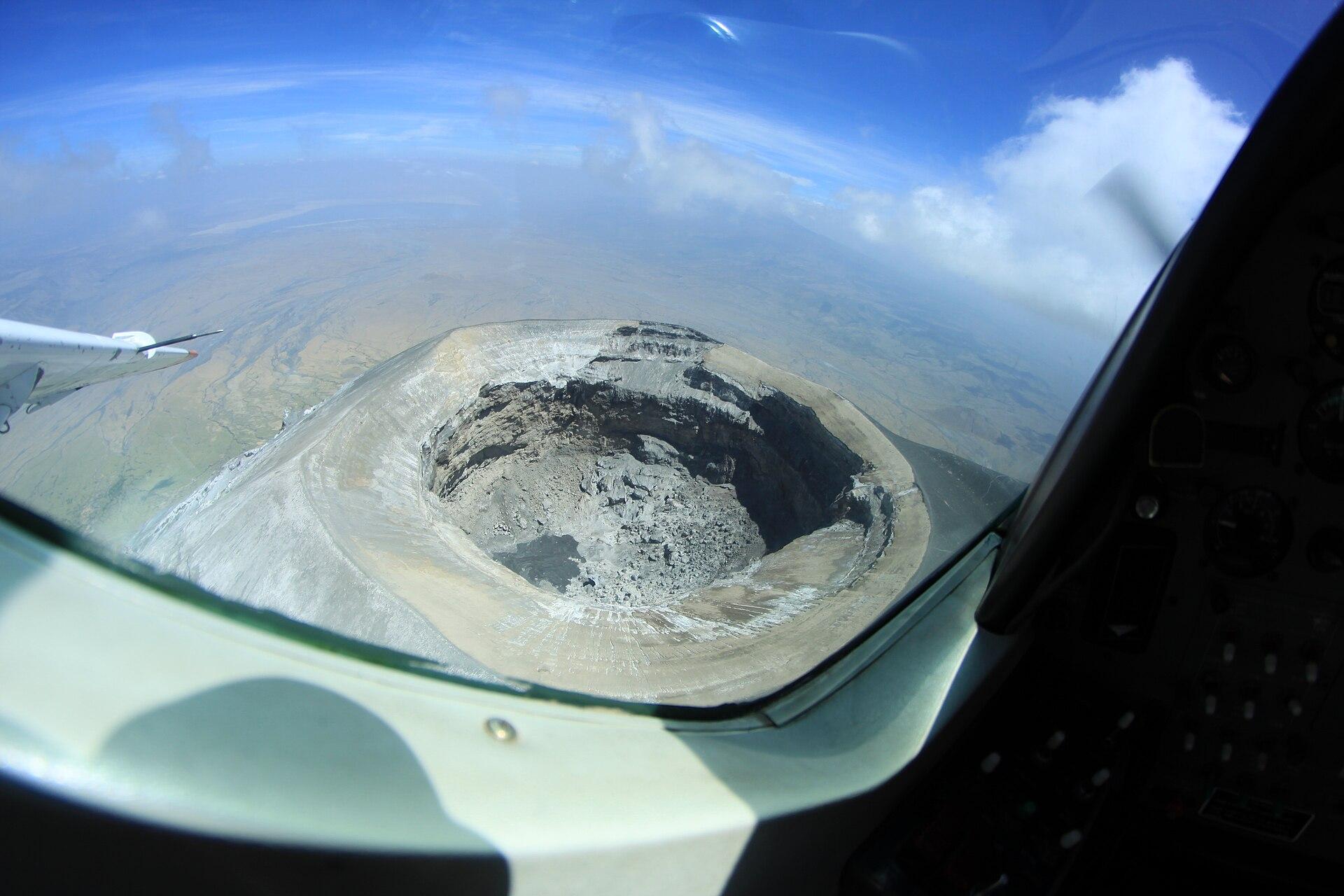
Carbonate lava sets Ol Doinyo Lengai apart from other volcanoes. This lava has a lower melting point than silicate lava.
Its thin consistency allows gases to pass through easily. These properties contribute to the volcano’s unique eruption patterns.
Low-Temperature Eruptions: Breaking Volcanic Norms

Ol Doinyo Lengai’s lava melts at unusually low temperatures. Traditional silicate lava requires temperatures over 1,652°F to melt.
This low-temperature lava challenges our understanding of volcanic processes. Scientists continue to study the implications of this phenomenon.
Eruption Patterns: More Simmer Than Explosion
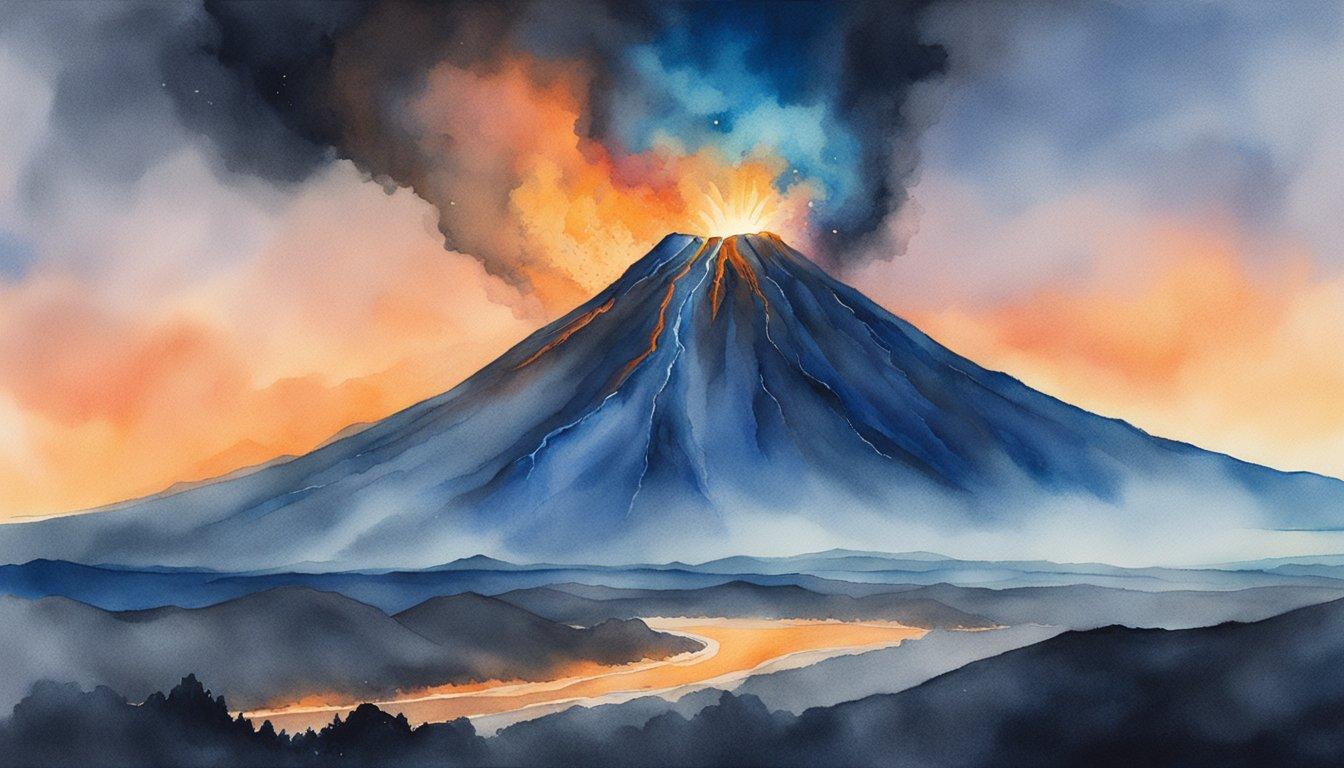
The volcano’s eruptions often resemble a boiling pot. Its thin lava typically overflows rather than explodes.
This behavior differs significantly from dramatic eruptions of other volcanoes. The unique eruption style provides valuable data for volcanologists.
2007 Eruption: A Rare Display of Power

In 2007, Ol Doinyo Lengai surprised observers with a powerful eruption. This event created a new 985-foot-wide crater.
The eruption continued into 2008, showcasing unusual intensity. This event provided rare insights into the volcano’s capabilities.
Crater Sinking: A Decade of Gradual Change
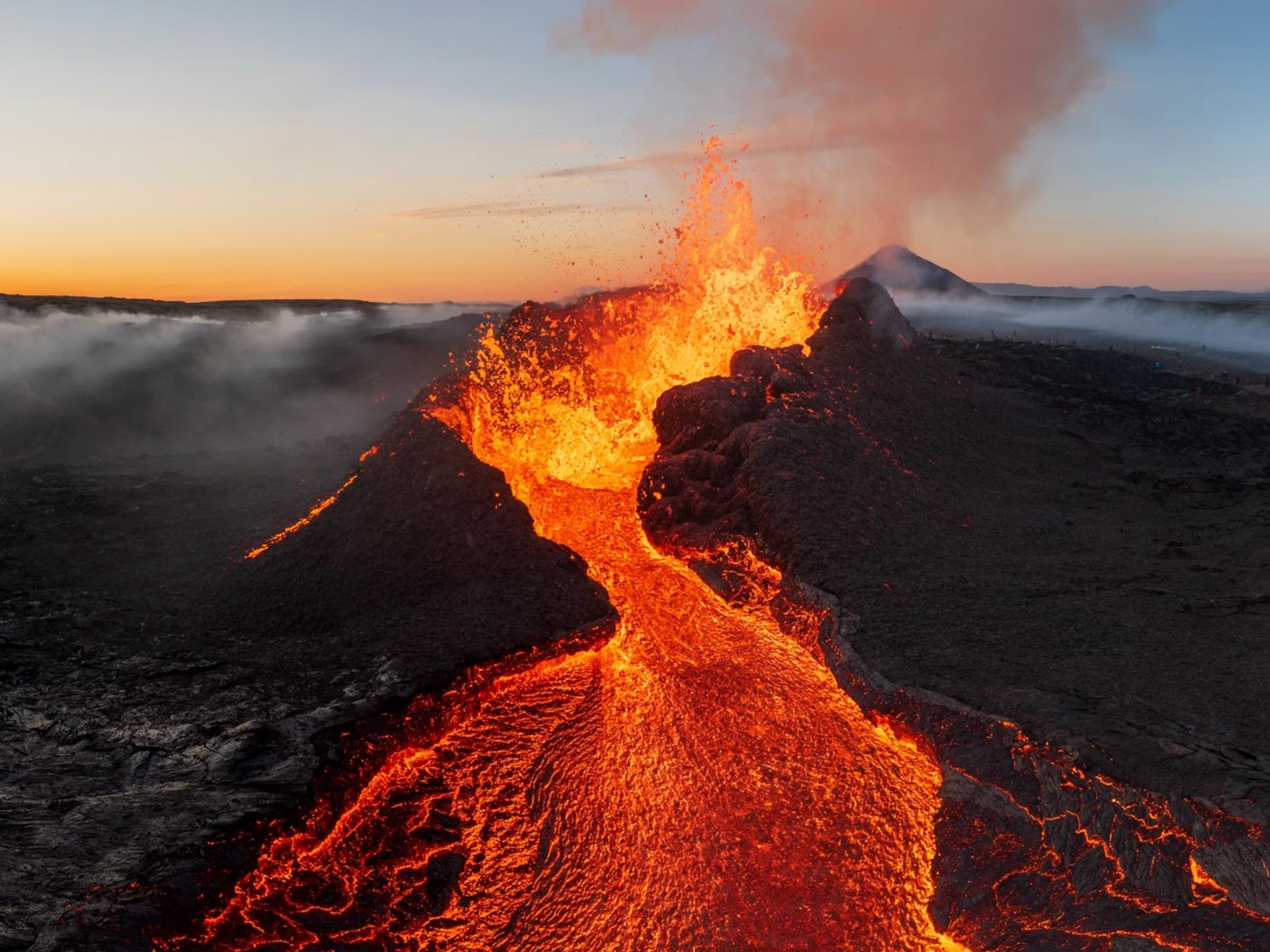
Scientists have observed the new crater sinking over time. It has descended about 1.4 inches in a decade.
This movement suggests changes in the underlying magma reservoir. Researchers closely monitor these shifts for potential hazards.
Magma Reservoir: The Heart of Volcanic Activity
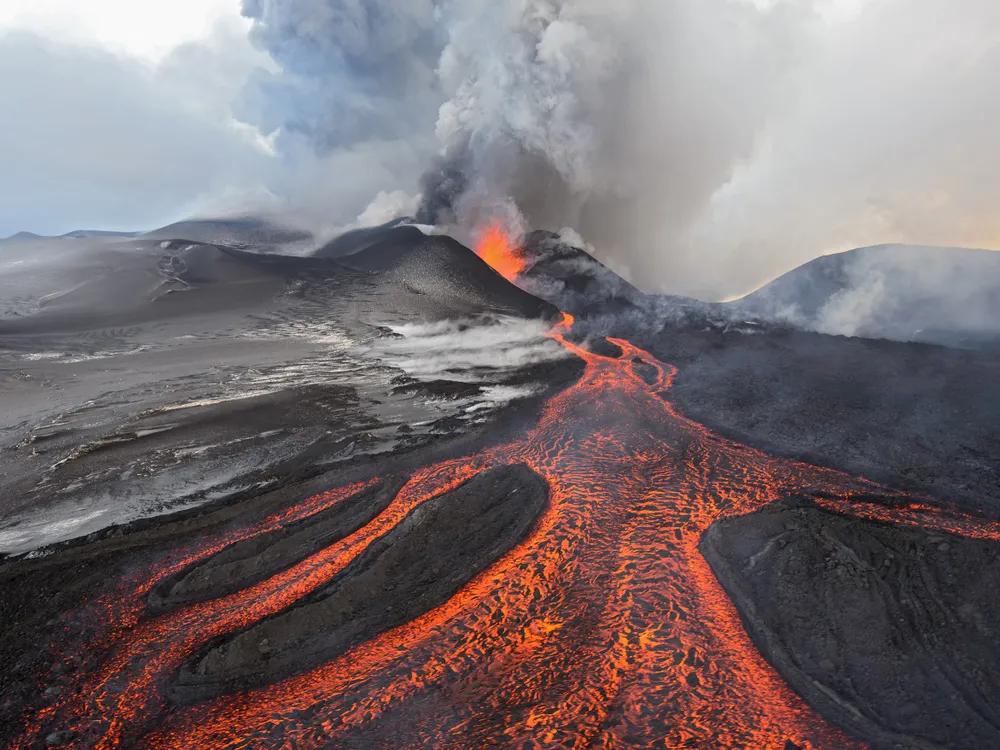
A shallow magma reservoir likely exists beneath the volcano. This reservoir may lie less than one kilometer below the summit.
Its behavior influences the volcano’s surface activities. Understanding this reservoir is crucial for predicting future eruptions.
Potential Hazards: Monitoring for Catastrophic Collapse
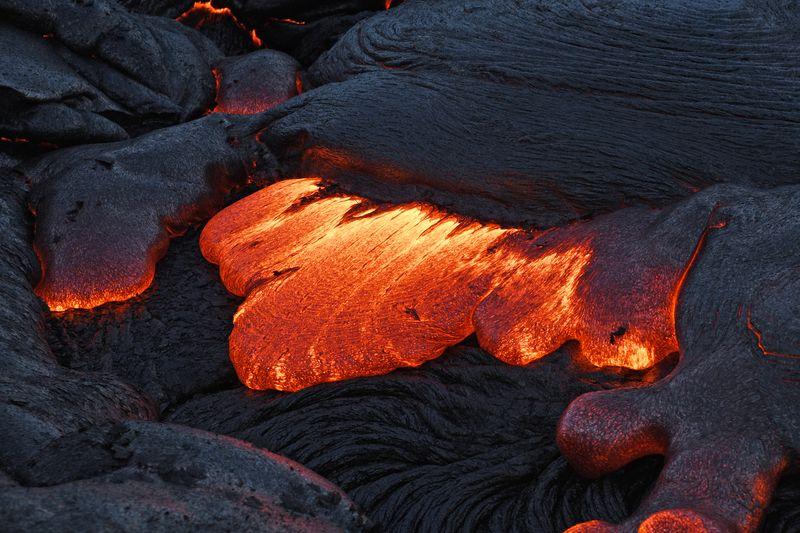
The summit’s deformation raises concerns about stability. Experts warn of the possibility of a catastrophic collapse.
Continuous monitoring helps assess potential risks. This vigilance is essential for the safety of surrounding areas.
Ongoing Research: Unraveling Volcanic Mysteries
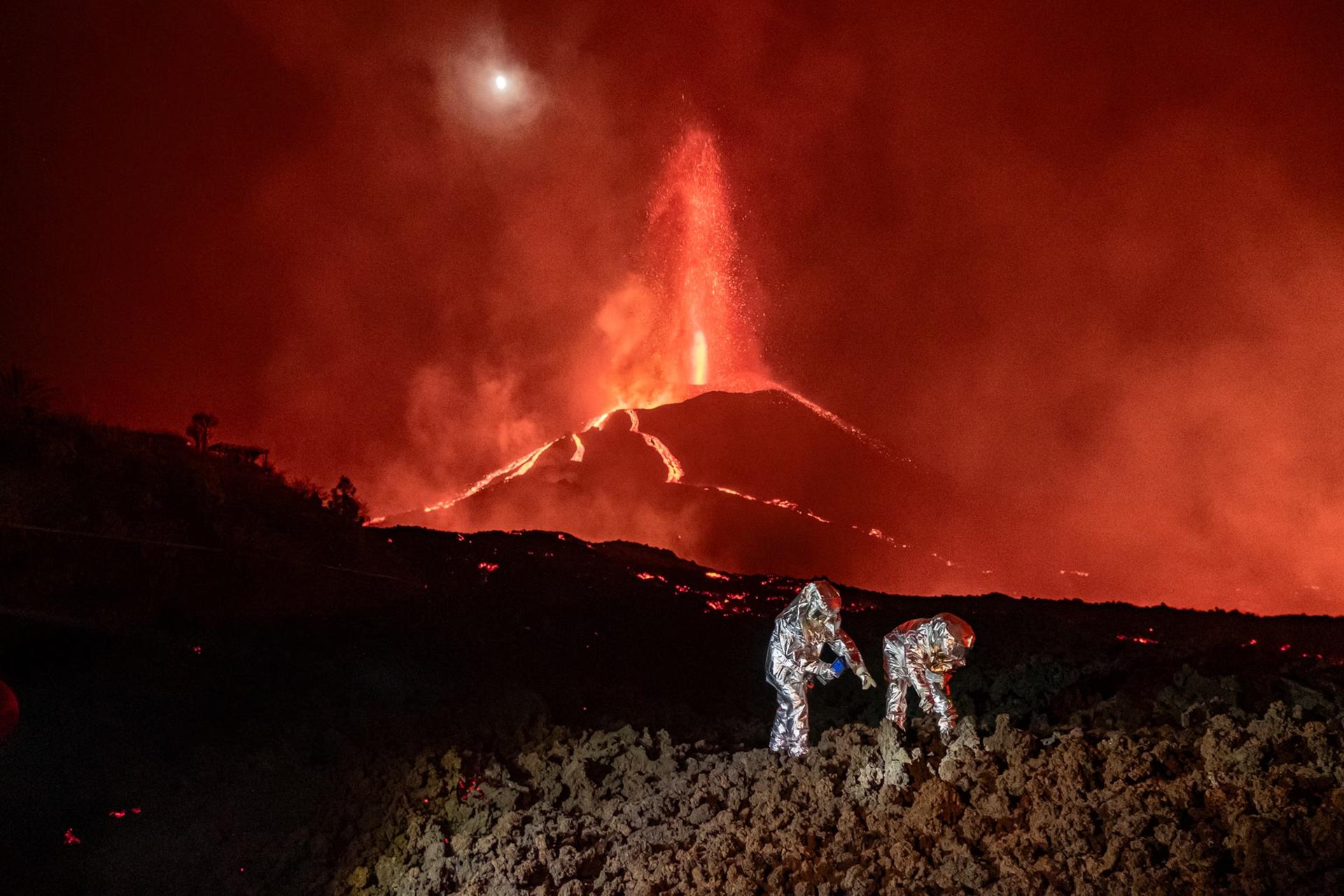
Scientists continue to study Ol Doinyo Lengai intensively. Its unique properties offer valuable insights into volcanic processes.
Researchers use advanced technologies to monitor the volcano. This ongoing work contributes to our broader understanding of Earth’s geology.


